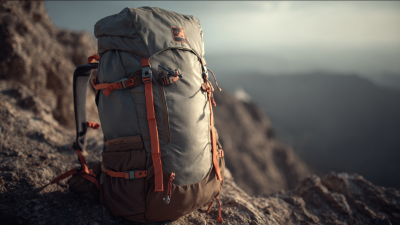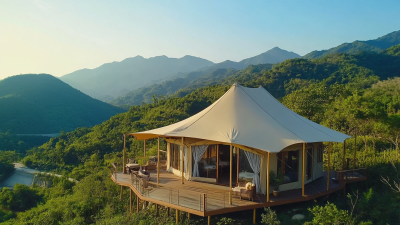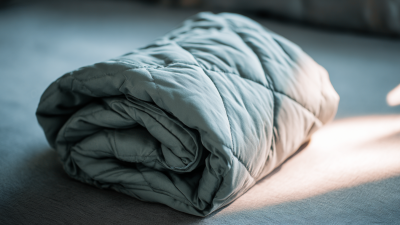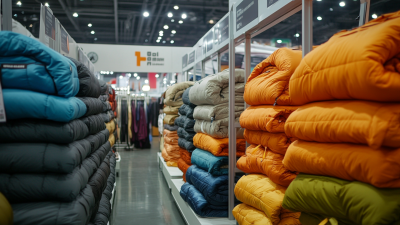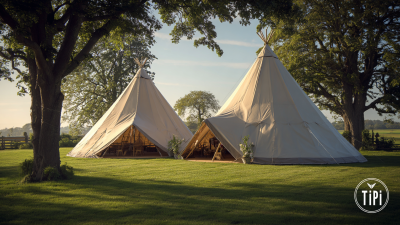Leave Your Message
- E-mail
- Whatsapp
Choosing the perfect Outdoor Backpack is essential for adventurers seeking to enhance their outdoor experience. According to recent industry reports, the global outdoor backpack market is anticipated to reach $2.74 billion by 2026, representing a compound annual growth rate (CAGR) of 5.7% from 2021. With the increasing popularity of outdoor activities, from hiking and camping to climbing and biking, selecting an appropriate backpack tailored to specific adventures is crucial for comfort and performance.
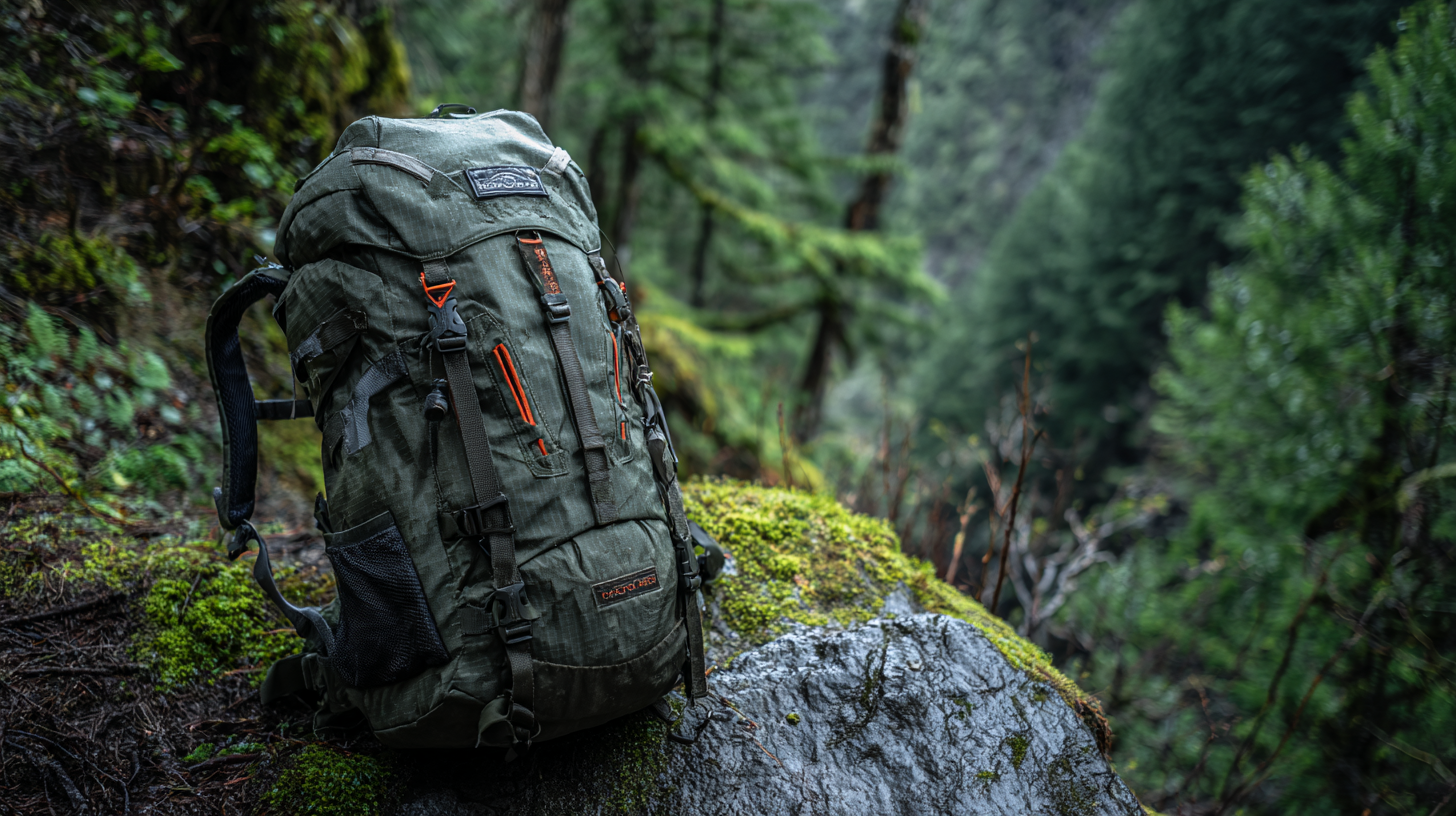
A well-chosen Outdoor Backpack not only provides ample storage capacity but also optimizes weight distribution and offers features that cater to various conditions, ensuring that every adventure is enjoyable and efficient. Whether you're a novice hiker or a seasoned outdoor enthusiast, knowing how to select the ideal backpack can make a significant difference in your outdoor journey.
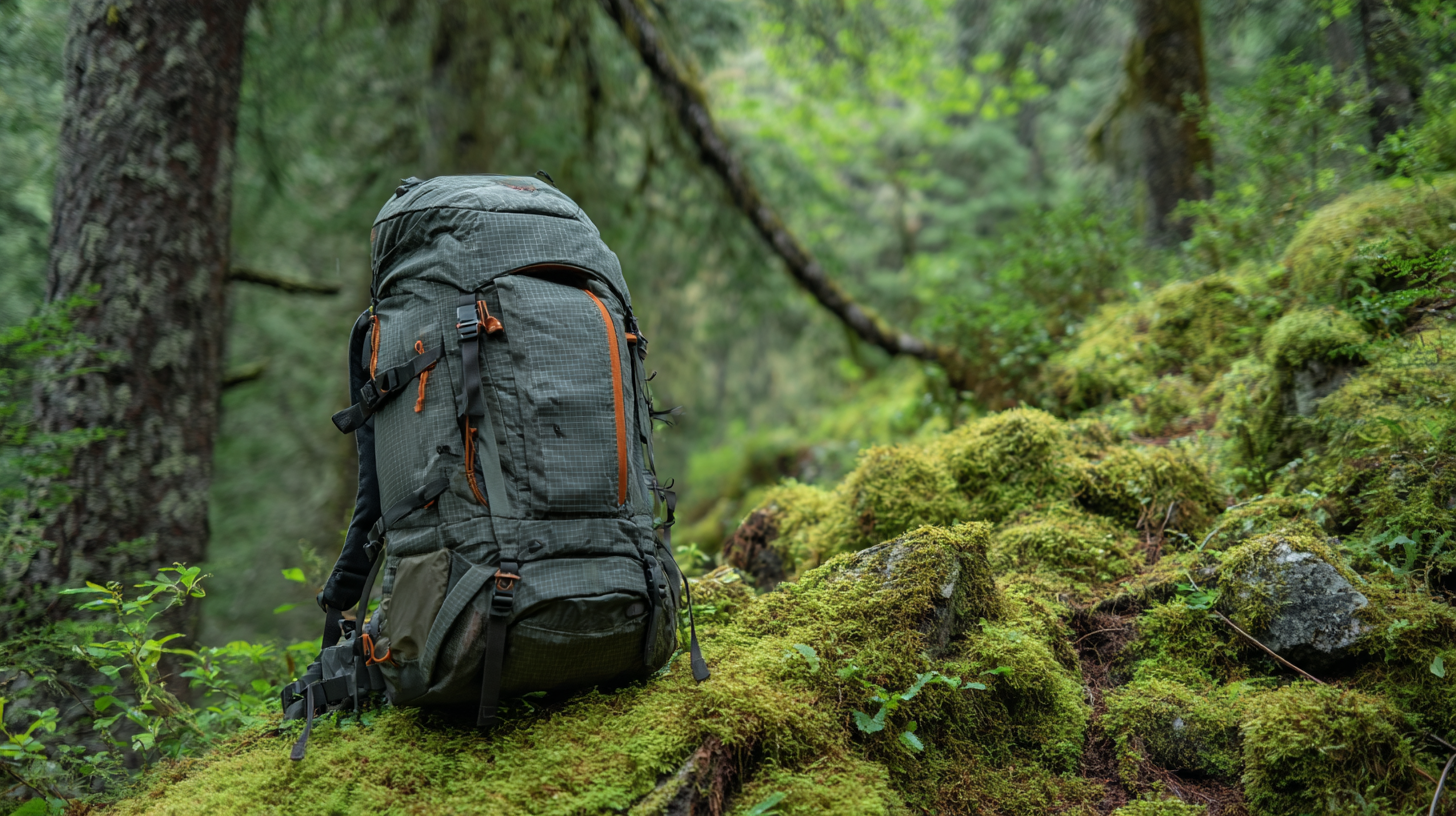 When choosing an outdoor backpack, the first step is to identify your adventure type: day hikes, camping, or backpacking. According to the Outdoor Industry Association, nearly 47% of outdoor participants engage in hiking, making it essential to select a lightweight and comfortable daypack that can carry essentials like water, snacks, and a first aid kit. A daypack typically ranges between 20 to 30 liters, offering just enough space for gear without being cumbersome on the trails.
When choosing an outdoor backpack, the first step is to identify your adventure type: day hikes, camping, or backpacking. According to the Outdoor Industry Association, nearly 47% of outdoor participants engage in hiking, making it essential to select a lightweight and comfortable daypack that can carry essentials like water, snacks, and a first aid kit. A daypack typically ranges between 20 to 30 liters, offering just enough space for gear without being cumbersome on the trails.
For camping enthusiasts, a larger backpack with a capacity of 50 to 70 liters is ideal. This size accommodates gear for multiple days away from home, including your sleeping bag, cooking equipment, and food supplies. Research from the American Hiking Society suggests that opting for a backpack with a duroble, waterproof material can enhance the longevity of your equipment, especially for those venturing into unpredictable weather conditions.
Tips: Ensure your backpack features adjustable straps and a padded hip belt to distribute weight evenly, reducing strain on your back during longer hikes. Additionally, consider pockets and compartments that enhance organization; being able to quickly access your water bottle or snack can be crucial on the go. Whether it’s a day hike or an extended camping trip, selecting the right backpack tailored to your specific adventure type maximizes both comfort and efficiency in the great outdoors.
When selecting the perfect outdoor backpack, understanding the key features—size, weight, and durability—is essential for any adventure. Size plays a crucial role in how well the backpack accommodates your gear. It’s vital to consider the duration of your trip and the amount of equipment you need to carry. Larger backpacks, typically ranging from 50 to 70 liters, are ideal for multi-day hikes, while smaller daypacks, around 20 to 30 liters, are suitable for shorter excursions. Ensure the pack has well-defined compartments for organized storage to enhance accessibility on the trail.
Weight is another significant factor to consider, as a heavy backpack can lead to fatigue and discomfort during your adventures. Lightweight materials and minimalistic designs can substantially decrease the overall weight without sacrificing functionality. Look for backpacks made from high-density nylon or polyester fabrics, which provide a balance between lightness and strength. Finally, durability should never be overlooked; a robust backpack is an investment that can withstand various weather conditions and rugged terrains. Features such as reinforced stitching, water-resistant coatings, and strong zippers are indicators of a backpack's long-lasting performance, ensuring it endures countless outdoor experiences.
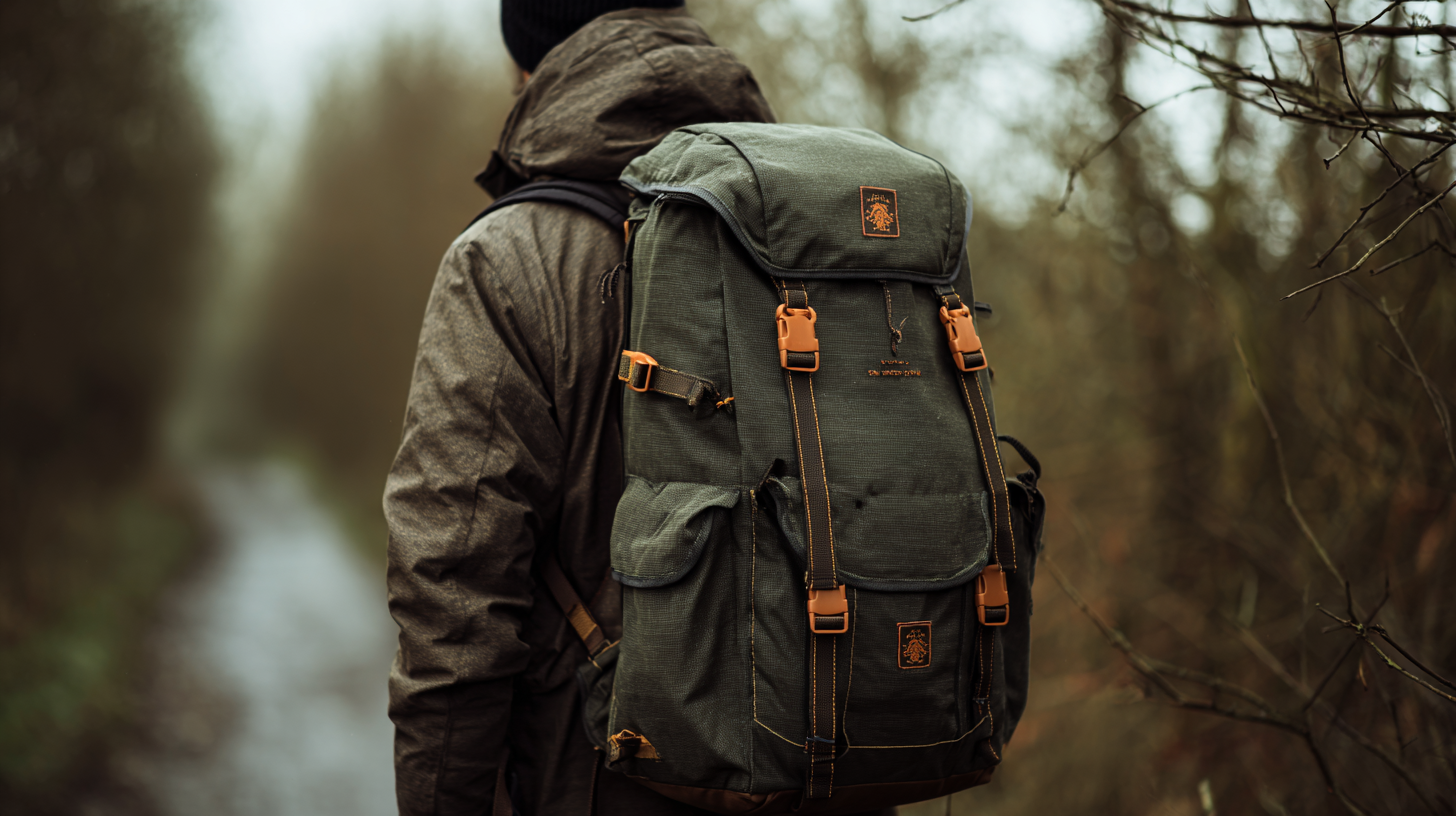
When choosing the perfect outdoor backpack for your adventures, the material of the backpack is crucial. Selecting weather-resistant and breathable fabrics can significantly enhance your experience, ensuring that your gear withstands the elements while keeping you comfortable. The latest trends highlight the importance of waterproof and breathable materials that provide excellent ventilation, helping to regulate temperature and moisture during intense activities.
Tips: Look for backpacks with high-denier nylon or polyester that are treated for water resistance. These materials not only repel rain but can also endure rough handling on the trails. Additionally, pay attention to the backpack's breathability, especially if you plan to hike or travel in warmer climates. Fabrics with mesh panels or ventilation systems promote airflow, preventing sweat buildup and keeping your back cool.
Consider also the weight of the fabrics used in your backpack. Lightweight materials can reduce overall pack weight, making it easier to carry for long distances. When venturing into varying weather conditions, prioritize a backpack that balances durability with lightness, ensuring that you are equipped for whatever adventure awaits.
| Material Type | Weather Resistance | Breathability | Ideal Use Case |
|---|---|---|---|
| Nylon | Good | Moderate | Day Hikes |
| Polyester | Moderate | Good | Weekend Trips |
| GORE-TEX® | Excellent | Excellent | Multiday Backpacking |
| Canvas | Limited | Moderate | Urban Exploration |
| Ripstop Fabric | Good | Moderate | Backcountry Adventures |
When choosing an outdoor backpack, one of the most crucial factors to consider is comfort and fit, which largely depends on the suspension system. A well-designed suspension system distributes the weight of the backpack evenly across your body, reducing fatigue during long hikes. Look for features like adjustable shoulder straps, a padded hip belt, and a ventilated back panel. These elements not only enhance comfort but also improve air circulation, keeping you cool on warm days.
**Tips:** Always try on the backpack with some weight in it. This will give you a better idea of how it feels during your adventure. Pay attention to the adjustments — the more adjustable the suspension system, the better it will fit your unique body shape. Additionally, consider your torso length while selecting the backpack size, as a proper fit will significantly boost your carrying efficiency and overall experience.
Incorporating a load-lifter strap can also be beneficial; it helps pull the weight closer to your back, minimizing strain on your shoulders and providing greater stability. Ensure that the buckles and straps are within reach for quick adjustments on the go, as a snug fit is essential whether you're climbing steep trails or navigating uneven terrain.
When selecting the perfect outdoor backpack for your adventures, it’s crucial to prioritize essential features that enhance functionality and comfort. Look for a backpack with adjustable straps and padded back support to ensure a comfortable fit on long hikes. Ventilation is also key; breathable materials can help reduce sweat and keep your back dry. Additionally, consider the backpack’s storage options—multiple compartments and external attachment points for gear can significantly improve organization during your outdoor excursions.
Tips: Always check for weather resistance in your backpack materials to protect your gear from unexpected rain. Furthermore, a removable rain cover can be a great asset for keeping your belongings dry. Finally, think about your hydration needs; many backpacks now come with built-in hydration reservoirs or compartments for water bottles, ensuring you stay hydrated on the go.
As brands evolve, focusing on niche markets becomes increasingly important. A good outdoor backpack should also have versatility. Whether you are scaling mountains or enjoying a casual day hike, features like detachable waist bags and modular add-ons can adapt to your needs, making your outdoor experience more enjoyable.
